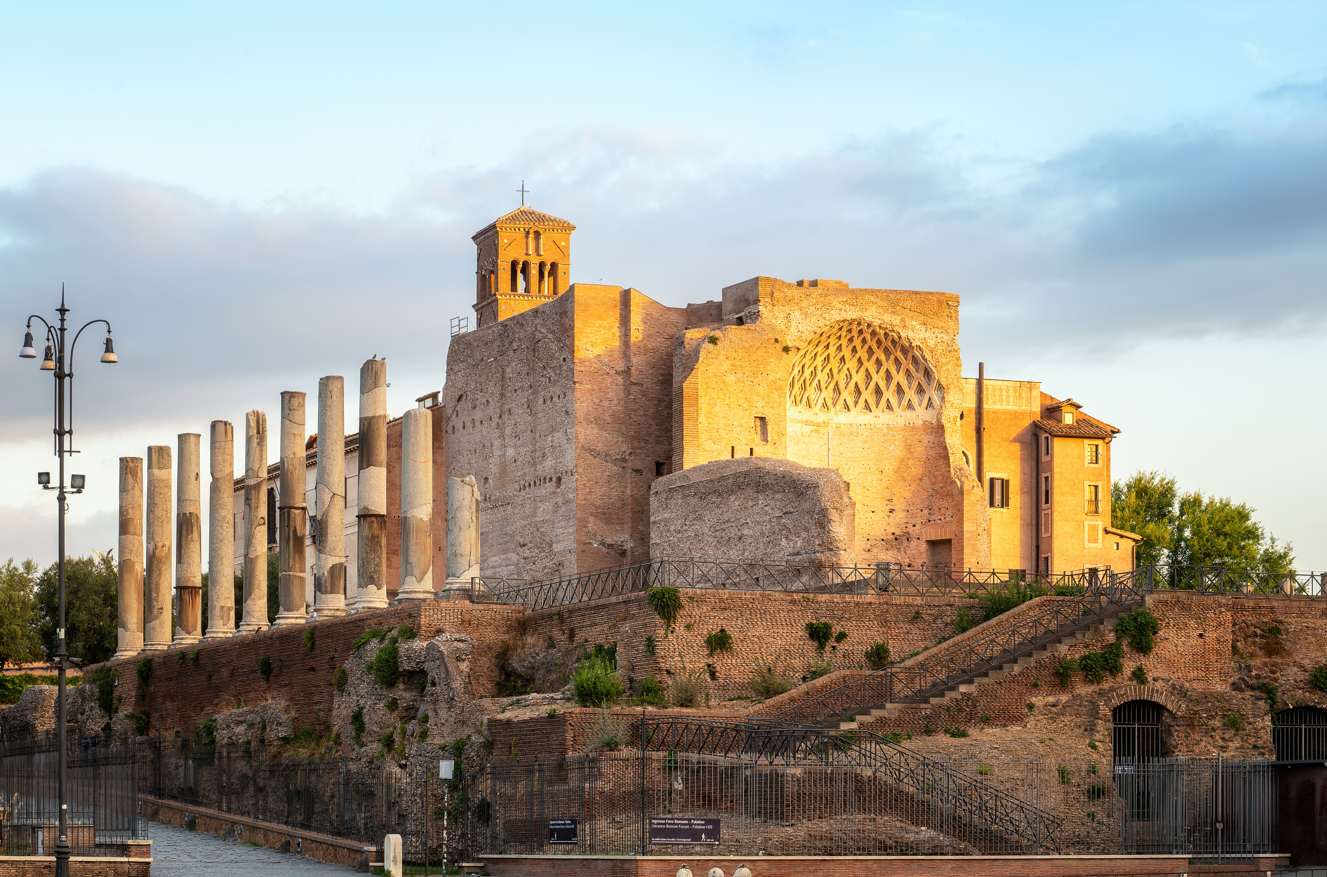On the grounds of Emperor Nero’s grand palace, where legendary parties once shocked and amazed, archaeologists have uncovered a giant chunk of pure Egyptian blue pigment, roughly the size of a swollen grapefruit.
ADVERTISEMENT GO AD FREE
The rare relic was found during recent excavations of the Domus Aurea, the monumental residence commissioned by Emperor Nero and located near the Colosseum in the heart of ancient Rome. The structure was built after the Great Fire of 64 CE, a disaster Nero was accused of instigating in order to clear space for his grand new palace.
In a recent dig, excavators found two basins that held the colored pigments used in the wall decorations, including a dusting of red and yellow ochre. Most remarkable, though, was the discovery of a large ingot of Egyptian blue pigment weighing 2.4 kilograms (5.2 pounds).
The Domus Aurea was a place of extreme opulence – which is exactly what you’d expect for a leader as tyrannical and self-indulgent as Nero.
It featured dozens of ornately decorated rooms, including bathrooms with normal and sulfurous water, and several banqueting halls, most notably the famous coenatio rotunda, which is said to have had a rotating ceiling to mimic the movement of the heavens.

Early morning rays of light hit the Domus Aurea in Rome, Italy.
Image credit: Jasmine_K/Shutterstock.com
Evidently, Egyptian blue was another key ingredient in the palace’s grandeur. The artificial pigment was highly sought-after by rulers across the ancient world. It was used in artwork to create cooler, more lifelike tones for the skin of figures, to enhance chiaroscuro in the folds of clothing, and to add a striking gleam to the eyes.
The earliest documented use of the pigment comes from the mid-third millennium in Egypt and Mesopotamia, but it later proliferated throughout much of the ancient Mediterranean. One of the hubs of production was in the Egyptian city of Alexandria, although it’s known it was also made more locally in the Italian peninsula. Traces of the pigment have even been found among the ruins of Pompeii, the Roman city that was smothered (and preserved) by a volcanic eruption in 79 CE.
ADVERTISEMENT GO AD FREE
Researchers at the Archaeological Park of the Colosseum hope that their ongoing work at the Domus Aurea will unearth more evidence of Egyptian blue and discover how ancient artisans used these stunning pigments.
“The allure conveyed by the depth of this pigment’s blue is incredible,” Alfonsina Russo, Director of the Archaeological Park of the Colosseum, said in a statement.
“Once again, the Domus Aurea excites and reveals the brilliance of the colors used by the painters who skillfully decorated the rooms of this precious and refined imperial palace,” added Russo.
Source Link: 2.4-Kilogram Chunk Of Egyptian Blue Pigment Found At Nero's Infamous Party Palace